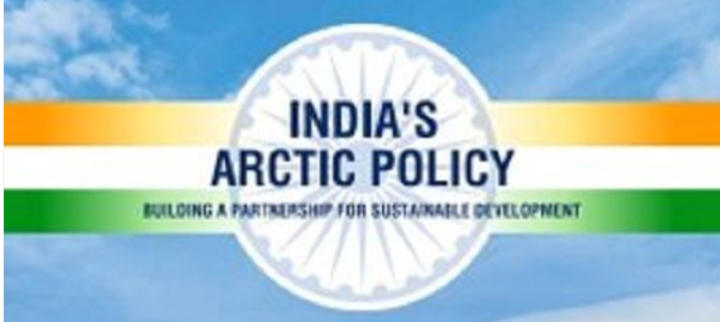Table of Contents
Analysis Of Down To Earth Magazine: The Arctic Policy
Relevance
GS 3: Environmental Pollution & Degradation, Conservation
Introduction
- The Centre on March 17 released the government of India has announced India’s Arctic policy titled ‘India and the Arctic: building a partnership for sustainable development’
- This policy lays down measures for scientific research and cooperation; climate and environmental protection; economic and human development; transportation and connectivity; governance and international cooperation, and national capacity building in the Arctic region.
- Implementing India’s Arctic policy will involve multiple stakeholders, including academia, the research community, business, and industry.
6 Pillars of Arctic Policy
- Strengthening India’s scientific research and cooperation.
- Climate and environmental protection.
- Economic and human development.
- Transportation and connectivity.
- Governance and international cooperation.
- National capacity building in the Arctic region.
The importance of the Arctic Region for India
- India has a significant stake in the Arctic.
- It is one of thirteen nations holding Observer status in the Arctic Council, a high-level intergovernmental forum that addresses issues faced by the Arctic governments and the indigenous people of the Arctic.
- India’s engagement with the Arctic region has been consistent and multidimensional.
- India maintains that all human activity should be sustainable, responsible, transparent, and based on respect for international laws.
Agenda Of India’s Arctic policy
- Strengthening national capabilities and competencies in science and exploration, climate and environmental protection, maritime and economic cooperation with the Arctic region.
- Inter-ministerial coordination in pursuit of India’s interests in the Arctic.
- Enhancing understanding of the impact of climate change in the Arctic on India’s climate, economic, and energy security.
- Contributing better analysis, prediction, and coordinated policymaking on the implications of ice melting in the Arctic on India’s economic, military and strategic interests related to global shipping routes, energy security, and exploitation of mineral wealth.
- Studying linkages between polar regions and the Himalayas.
- Deepen cooperation between India and countries of the Arctic region under various Arctic forums, drawing expertise from scientific and traditional knowledge.
- Increase India’s participation in the Arctic Council and improve understanding of the complex governance structures in the Arctic, relevant international laws, and geopolitics of the region.



 TSPSC Group 1 Question Paper 2024, Downl...
TSPSC Group 1 Question Paper 2024, Downl...
 TSPSC Group 1 Answer key 2024 Out, Downl...
TSPSC Group 1 Answer key 2024 Out, Downl...
 UPSC Prelims 2024 Question Paper, Downlo...
UPSC Prelims 2024 Question Paper, Downlo...
